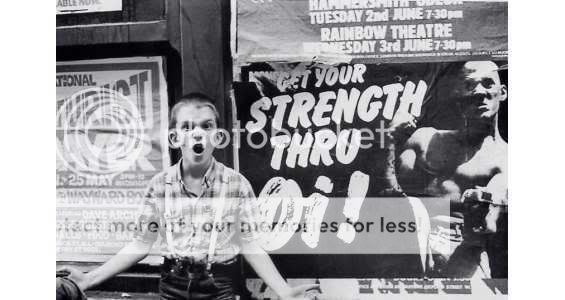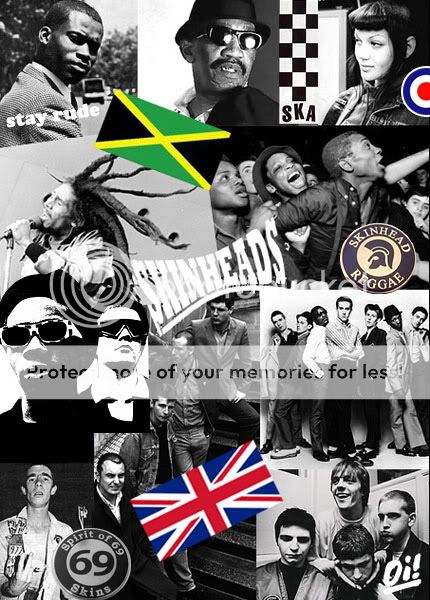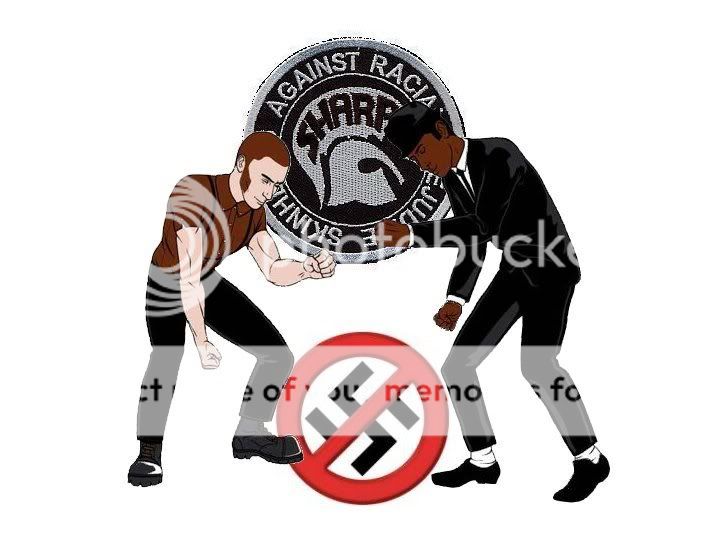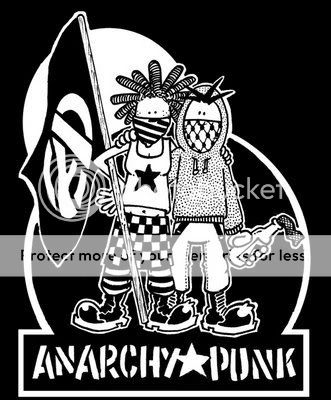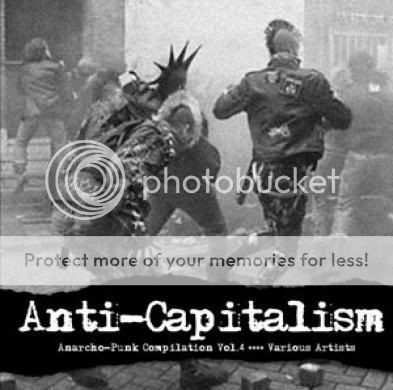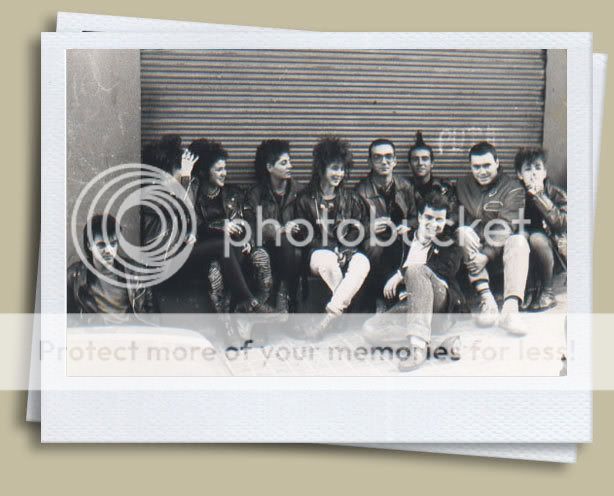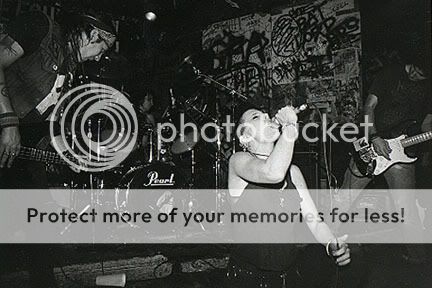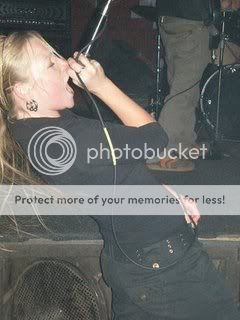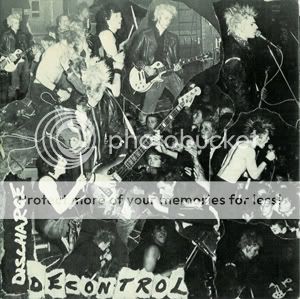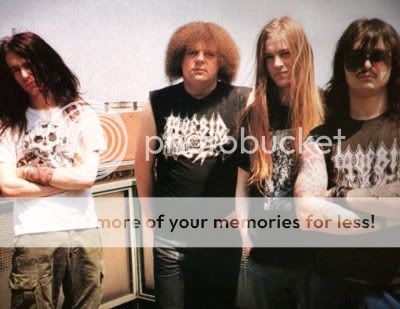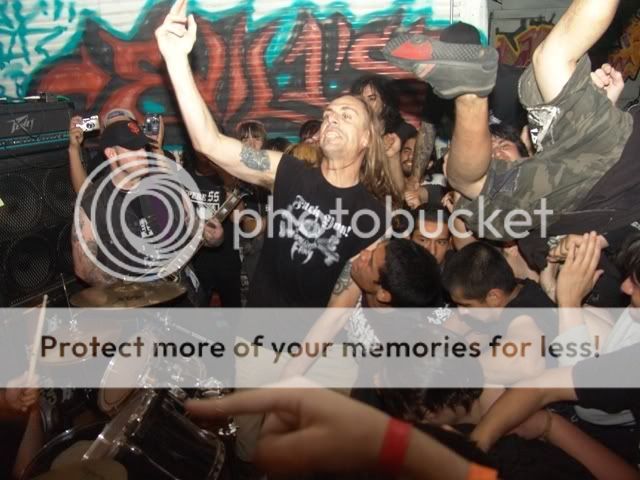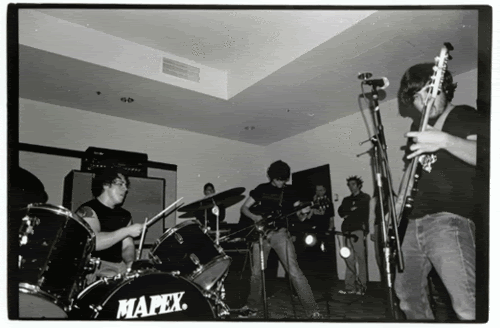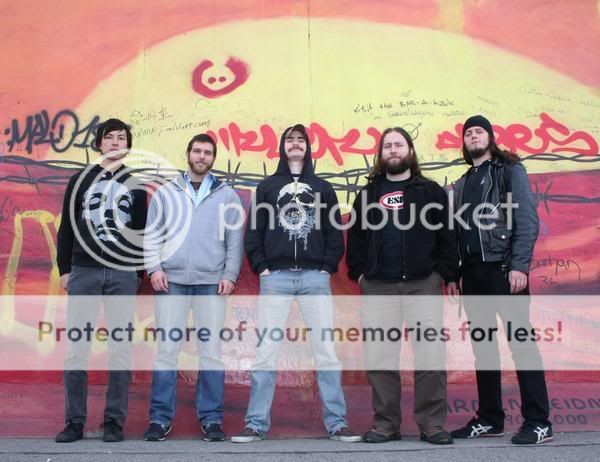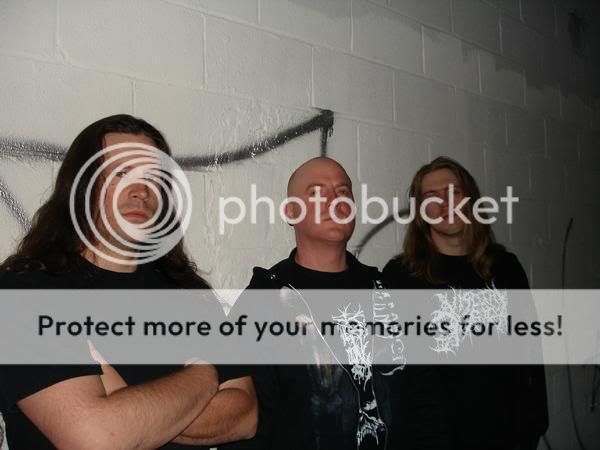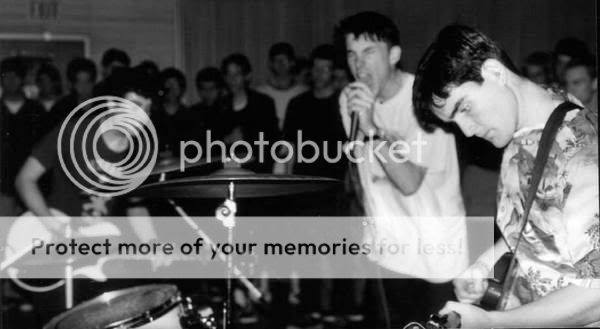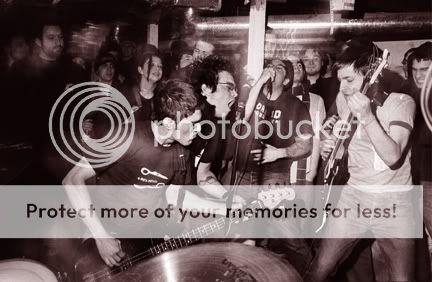I am the Hateful Raven
(?)Community Member
- Posted: Sat, 23 Aug 2008 11:46:08 +0000

Punk was a music movement that started in the 70's with multiple reasons and causes. There was an American British and even Australian Punk movement. Proto-punk bands such as Iggy Pop and the Stooges, the Motor City 5, and the Velvet Underground were influential in setting the stage for taking the risks bands like The Ramones, The Dictators, The New York Dolls, and Blondie did.
The British movement supposedly was started by one of the following: The ecnomic disaster that occured in the mid seventies, and the youth's lack of patience with the british government. A movement made out of boredom by Johnny Rotten, lead singer of the Sex Pistols.
This Movement caused the creation for most genres of music today, it's even represented in the roots of such types as hip hop, rap, pop, modern rock, goth, electro, two-tone. It did not create these genres, but it certainly kicked down the door for them.
Many like to characterize this genre with Power chords only and simple drum beats. These People are complete and utter idiots and should be regarded as imbecils. They more than likely know nothing about music in the first place, or are just that type of idiot that doesn't understand other types of music can be good, and that music, like other things, is all about opinion. Punk has had it's fair share of complicated guitar solos, insane drumming performances, all while keeping a melody, which most " jam bands" sorely lack, along with talent and lyrical prowess. Many of the early punk bands did utilize simple chords and beats, but like all types of music, it branched out and has many styles, from simple to complex, traditional to exotic, it all has to do with where you're looking.
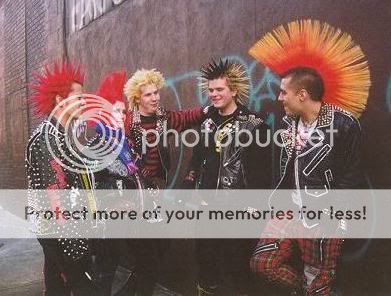
Punk was more than just a Music movement though, It was also a ******** cuture that defined an entire generation. The point of the culture was like the music, be yourself and disregard the angry emotions it may stir up. No longer a real culture, only a burned image with the values behind it lost, you can see it in stores such as Hot Topic. People No longer understand it was always about being yourself and not being anyone's shadow.

